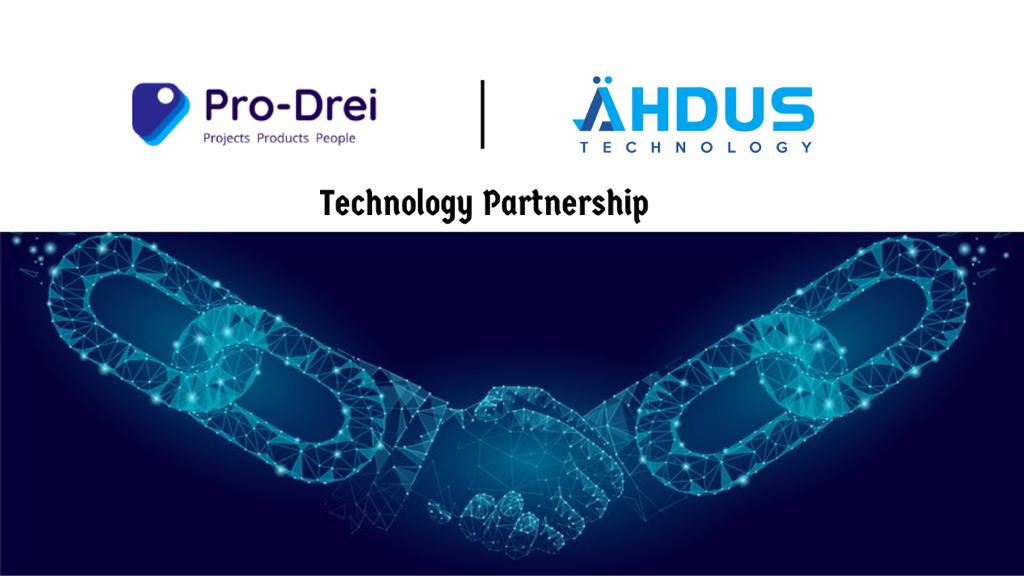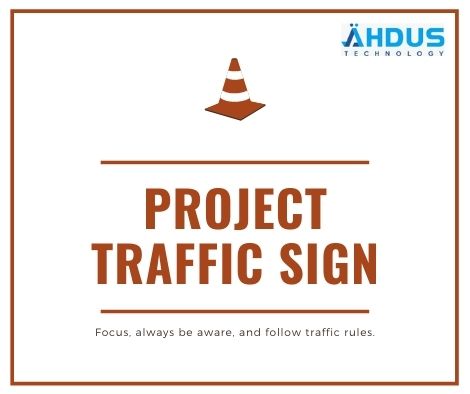Ahdus Technology, a leading technology solutions provider, has announced a strategic partnership with Pro-Drei, a renowned global company focused on innovation and digital transformation. This alliance marks a significant milestone for Ahdus Technology and positions them as Pro-Drei’s technology and startup consulting partner. By leveraging their extensive expertise and cutting-edge technologies, Ahdus Technology will collaborate closely with Pro-Drei to deliver innovative solutions for clients embarking on digital transformation journeys.
The IT industry in Pakistan has experienced rapid growth in recent years. According to the Pakistan Software Export Board (PSEB), the industry has been expanding at a rate of 18% per year and is projected to reach $7 billion by 2023. The primary hubs for the IT industry in Pakistan are Karachi, Lahore, and Islamabad, collectively employing over 300,000 professionals.
Pakistani IT experts are making their mark globally, with a significant presence in Silicon Valley. It is estimated that 12,000 to 15,000 Pakistani Americans are based in Silicon Valley, working for renowned companies such as Apple, Cisco, Google, Intel, Oracle, and many others. These professionals contribute to a wide range of organizations, from small startups to large Fortune 500 corporations.
Pakistan’s potential in the field of AI is significant. The scope of AI in the country extends from solving local challenges in agriculture, governance, climate change, and manufacturing to nurturing tech unicorns and specialized AI software export service companies. The partnership between Ahdus Technology and Pro-Drei aligns with this potential, as they aim to accelerate digital innovation, drive business growth, and make a lasting impact in the global market.
This partnership with Pro-Drei represents an exciting milestone for Ahdus Technology,” said Ammar Asjad, Founder of Ahdus Technology. “We are honored to be chosen as their technology partner and look forward to empowering startups and enterprises alike with our transformative solutions. Together with Pro-Drei, we will accelerate digital innovation, drive business growth, and make a lasting impact in the global market.
Pro-Drei is recognized for its commitment to delivering excellence and driving change across diverse industries. By joining forces with Ahdus Technology, they gain access to an extended network of talented professionals and a broad spectrum of technological capabilities.



